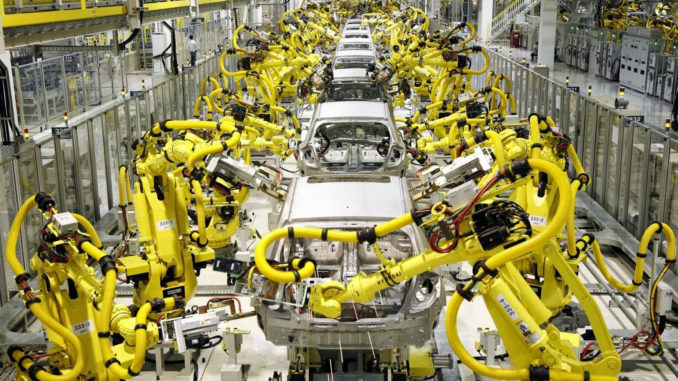
There’s no denying the modern age has played a part in the decline of manufacturing in many developed countries. As we try to deliver a living wage to employees, we must face the reality that consumers will need to pay the price at the checkout line. The problem is, they’re usually not willing to. If your competition can provide a similar product at a lower cost, what’s the consumer’s motivation to stay loyal? “Made in the USA” no longer has the same emotional pull as it once did as households strain under financial pressures. Ultimately, local manufacturers end up in a bidding war that can drive them out of business.
As such, manufacturers in developed countries have little choice but to change their strategies. They need to find ways to be more efficient, thriftier, and savvy in their approach to delivering cost-effective products. Here are a few ways that manufacturing industries can survive in a modern economy:
ERP Software
ERP software is changing the way in which our largest companies do business. Rather than hire several different people to manage various departments, manufacturing ERP software combines the jobs of several different people, merging them into one easy-to-use program that can be controlled by a select few. Not only does that cut down operating costs, but it enables staff to work with enhanced efficiency and benefit from a more organized system.
ERP software gives a company a real-time view of core processes, including production, inventory management, and order processing. It then takes those principal components and links them in with customer orders, purchase orders, and even your payroll. In effect, it’s the mothership for the operations of your entire company.
Robotics
While the American economy experienced a lull in 2006, it appears to be back with certainty. The manufacturing sector has started to see something of a resurgence, and much of it may be thanks to the rise in robotics. While head counts might be down, the level of productivity per worker has increased dramatically, thanks to automation and the continued introduction of sophisticated robotics technologies that can work faster, cheaper and more accurately.
While some may lament the replacement of human workers with robots, it’s not necessarily so clear cut. Having robots in manufacturing companies in the US and other developed countries, is in many cases the only way for those businesses to remain viable. Take away the robots, and huge numbers of manufacturers might go out of business altogether, costing many times more jobs. People are also needed to work alongside and manage robots, especially since 1.4 million new industrial robots will make their way into factories around the world by 2019.
3D Printing
3D printing is paving the way for far more efficient operations in many manufacturing companies. In fact, the entire 3D printing industry will be worth $21 billion by 2020, purely because of its money-saving abilities. Hospitals are using it to model body parts for patients, while even a British sportscar racing team used it to build parts for its cars. While these are of course convenient, the efficiency side of the scheme comes down to how companies can design new products before they head to market. Instead of outsourcing concepts that cost thousands of dollars, they can build them in-house. This process equates to thousands of dollars of savings, potentially enabling them to survive in the modern economy.
While the future might not be secure for manufacturing companies in developed countries, there’s hope yet. There are many options to make processes more efficient, and the most innovative companies will use them to their advantage to continue to thrive.

Be the first to comment